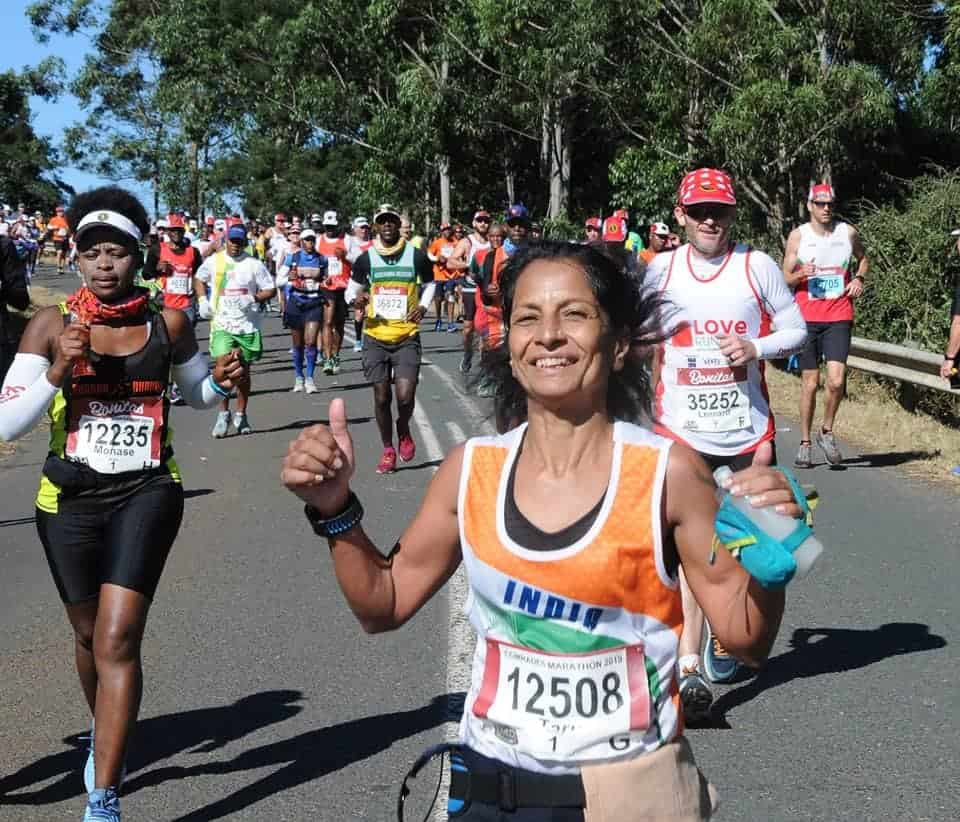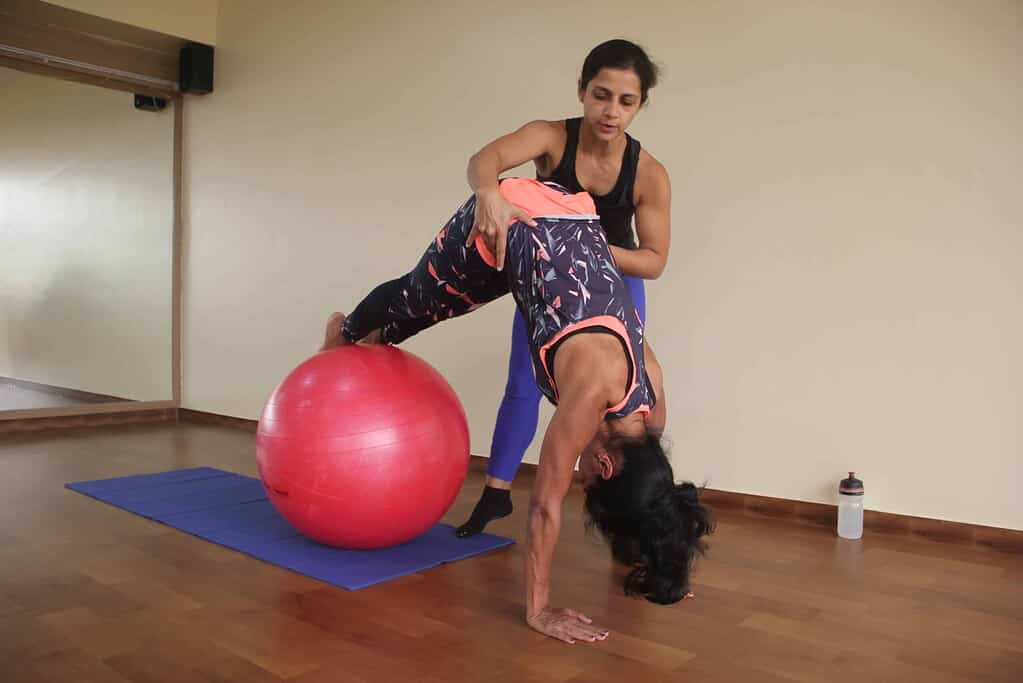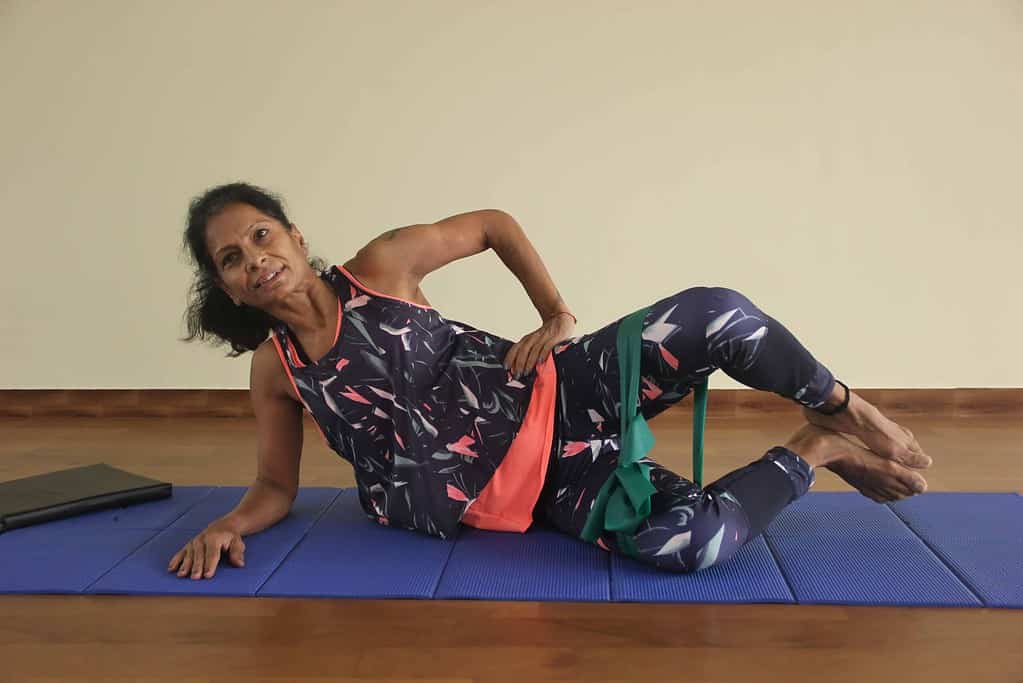How Pilates helped ‘ultramarathoner’ Taru Mateti stay injury-free

Running ultra-marathons is not everyone’s cup of tea. But Taru Mateti, 55, runs almost 3 ultramarathons every year!
And she is an achiever par excellence, being one of the handful women from Pune to complete the back-to-back Comrades Marathon, with the distinction of completing in the Bronze Category. Seeing the number of accolades she has garnered, it is surprising that she began her running career only 6 years back.
Initially, Taru worked as a teacher and then as an IT professional. Although she has been athletic after she got married and a regular at the gym in her forties, long-distance running challenged her body in a totally new way. Over time, she developed some injuries due to running. She also discovered that due to an alignment issue in her legs, there was scoliosis in her spine. So, 2 years ago, Taru came to Moushu’s Pilates to aid her body’s healing process.
Taru had developed Iliotibial Band Syndrome (ITB) on one side, which is common amongst runners. The ITB originates in the hipbone, connecting the gluteal muscles and the tensor fascia latae (TFL), which helps the leg move outward. Due to continuous flexion and extension of the knee during running the ITB had become inflamed. Also, overuse of adjoining muscles like the TFL had caused tightness in the ITB.

Using her years of experience as a physiotherapist, Dr Moushumi Kuvawala worked with Taru to strengthen her weaker side. She gave customised attention to her knee and hips during regular Pilates sessions. Classic Pilates exercises such as Clam and Bridge, helped in strengthening her glutes and core. The wobble board became a regular part of her Pilates workout. Additionally, Moushumi worked on mobilising the ankle of the weaker side.

By doing Pilates on a regular basis, Taru believes that her form and balance have gradually improved. It has helped her correct her posture and alignment. Moreover, the mind-body connect of Pilates has made her more centred and less tense. Earlier, every time she ran a marathon, she developed multiple aches and pains. Recently, she ran an ultramarathon of 88 km and was back to her chores from the next day, without any ache in her body. In her own words, “Running has become a little more effortless now!”.
Most runners concentrate on training on the track. But, more often than not it is the training outside the track that you do, that makes or breaks your form. Most importantly, it is only when you are injury-free can you really push your limits, run the long mile and feel that adrenaline rush that comes with it.

Comments
Pretty! This was a really wonderful post. Thank you for your provided information.